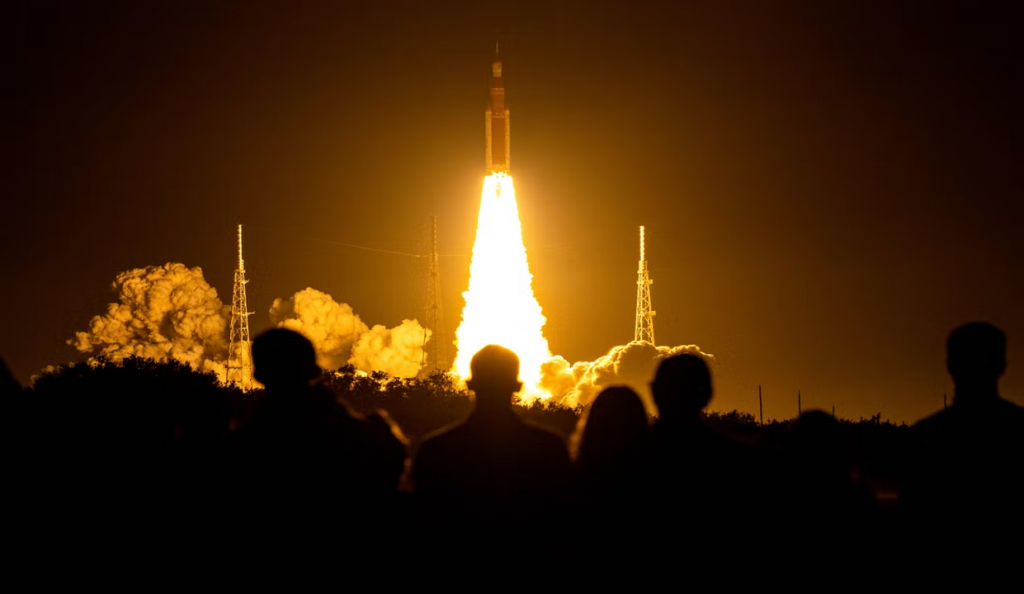Jaxa, Japan’s space agency, has revealed that it successfully used steam to propel its spacecraft, which was launched as one of the payloads aboard NASA’s Orion spacecraft.
“This is the world’s first successful orbit control beyond low-Earth orbit using a water propellant propulsion system,” Jaxa said in a statement.
The second Earth-Moon Lagrange point (EML2), located beyond the Moon, was reached by the water-powered CubeSat EQUilibriUm Lunar-Earth point 6U Spacecraft (EQUULEUS), according to a JAXA press release.
“As a result of the orbit manoeuvre control and orbit corrections before and after the lunar fly-by, the lunar fly-by was completed as planned on November 22 JST,” Jaxa said on Saturday.
Researchers consider EML2 a potential site for constructing a space facility for upcoming space travel. In addition, they believe that long deployments at EML2 could offer effective radiation protection for long expeditions.
To reach there, the spacecraft would employ an engine called the AQUA ResIstojet propulsion System, which runs on water. The craft converts waste heat from the communications equipment into steam, slurped out to provide thrust. Water is easier to store and manage than other propellants, making it perfect for use in cost-effective missions.
In 1.5 years, EQUULEUS is anticipated to reach the Lagrange point EML2. To attain EML2, it was developed to demonstrate low-energy trajectory control technologies.
Additionally, it would measure the plasma in the Earth-Moon ecosystem and examine some of the effects of electromagnetic disturbances in the solar wind.
Furthermore, Near-Earth Objects (NEOs) such as asteroids, comets, lunar impact flashes as well as mini-moons will also be observed.
“This was a difficult operation that had to be successful,” Professor Ryu Funase from the Jaxa Institute of Space and Astronautical Science said.
“I am proud of the EQUULEUS operation team, who were able to immediately complete the orbital control necessary for the lunar fly-by, just one day after the checkout operation shortly after launch,” Dr Funase said.

